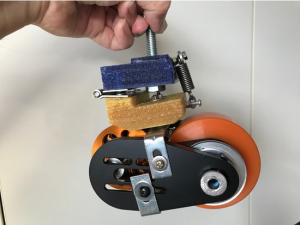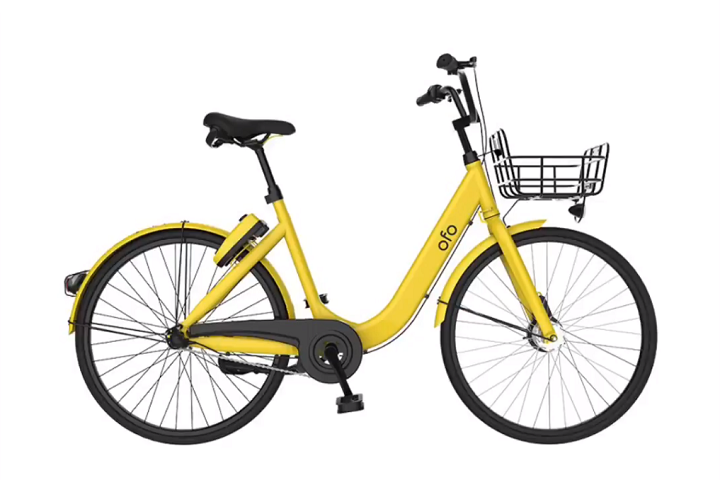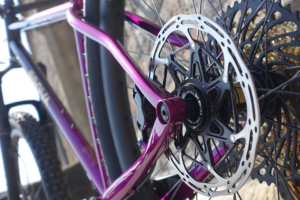3D printing makes it possible to customize all sorts of products now, from prosthetics and tools to jewelry and eyeglasses. The technology can also be used to create customized components and modifications for our various means of daily transportation, be it a car, a motorcycle, a skateboard, or even a bicycle.
I personally know a few people who participate in long bike rides with large groups of people, sometimes even traveling through multiple states on their beloved two-wheel contraptions. Personally, I don’t see the appeal of being on two wheels for that long, outside in the elements with little protection. But that’s clearly just me – according to Statista, the number of bike riders in the United States increased significantly between 2012 and 2017, from around 51 million cyclists to over 66 million.
In addition, the infrastructure in the US is also continuing to positively support the sport of cycling. It seems I can hardly drive two blocks without seeing ongoing construction to add in brand new bike lanes and bicycling initiatives, at least in my little corner of the world.
We often see 3D printing put to use in order to make components, accessories, and parts for bicycles…and sometimes even the bike itself. There are the 3D printed titanium lugs created by Australia-based Flying Machine, the 3D printed Garmin cycle mount for the rider who needs easy, hands-free access to directions, and other kinds of 3D printed cycle mounts as well, in addition to 3D printed bicycle tires, helmets, and frames.
There are bikes made out of aluminum that can fold up, mountain bikes for the more outdoorsy, adventurous types, plastic bikes and metal bikes, bikes made out of blue jeans (I’m not kidding), bikes that can be composted, racing bikes and also electric bikes. This last is what interests maker Terence Chan, who goes by user name RCConcepts on Thingiverse.
“In this video, I’m going to show you how to electrify an ofo bike,” Chan said in his latest YouTube video.
Founded four years ago, ofo is a Beijing-based bicycle sharing company that, as of last year, operates over 10 million yellow bicycles in 250 cities and 20 countries. It’s the first bike sharing company in the world that has a “non-docking” platform for users, and uses an app to locate and unlock nearby bicycles for use.
 The first step in electrifying the ofo bike was taking away its rotating can; then, to make the motor, Chan had to hammer the shaft attached to the can, so it would “go through to the other side.” The hex screw holding the main shaft needs to be removed in order for this to take place, and if the glue is really hard, do what Chan did and use a heat gun to weaken it. Once the shaft is hammered through, a c-clip needs to be attached to the end of it.
The first step in electrifying the ofo bike was taking away its rotating can; then, to make the motor, Chan had to hammer the shaft attached to the can, so it would “go through to the other side.” The hex screw holding the main shaft needs to be removed in order for this to take place, and if the glue is really hard, do what Chan did and use a heat gun to weaken it. Once the shaft is hammered through, a c-clip needs to be attached to the end of it.
In order to modify the bike to an electric one, Chan had to 3D print a few specific parts – namely the friction drive mount, the throttle controller by Thingiverse user RotaryDesign, the mounting brackets for a GoPro by Thingiverse user chrismalyon (which will be used to mount the controller), and the ESC tray, which, as Chan says in his video, is “not only to hold the ESC in place but also to protect all the weight from squashing against the electronics.”
If you want to learn how to electrify an ofo bike on your own, watch the rest of Chan’s video below:
Discuss 3D printed bicycle modifications, and other 3D printing topics, at 3DPrintBoard.com or share your thoughts in the Facebook comments below.







